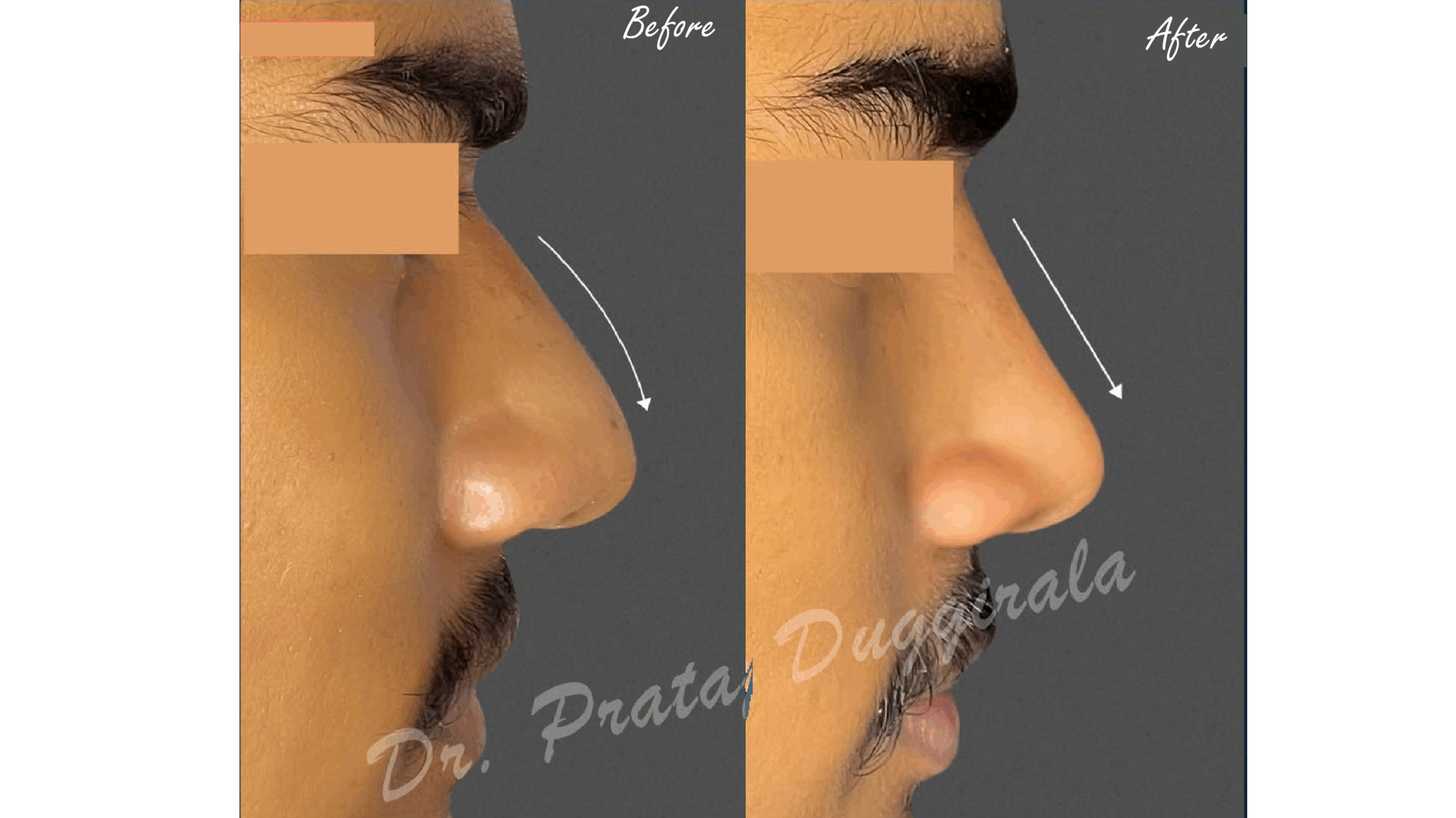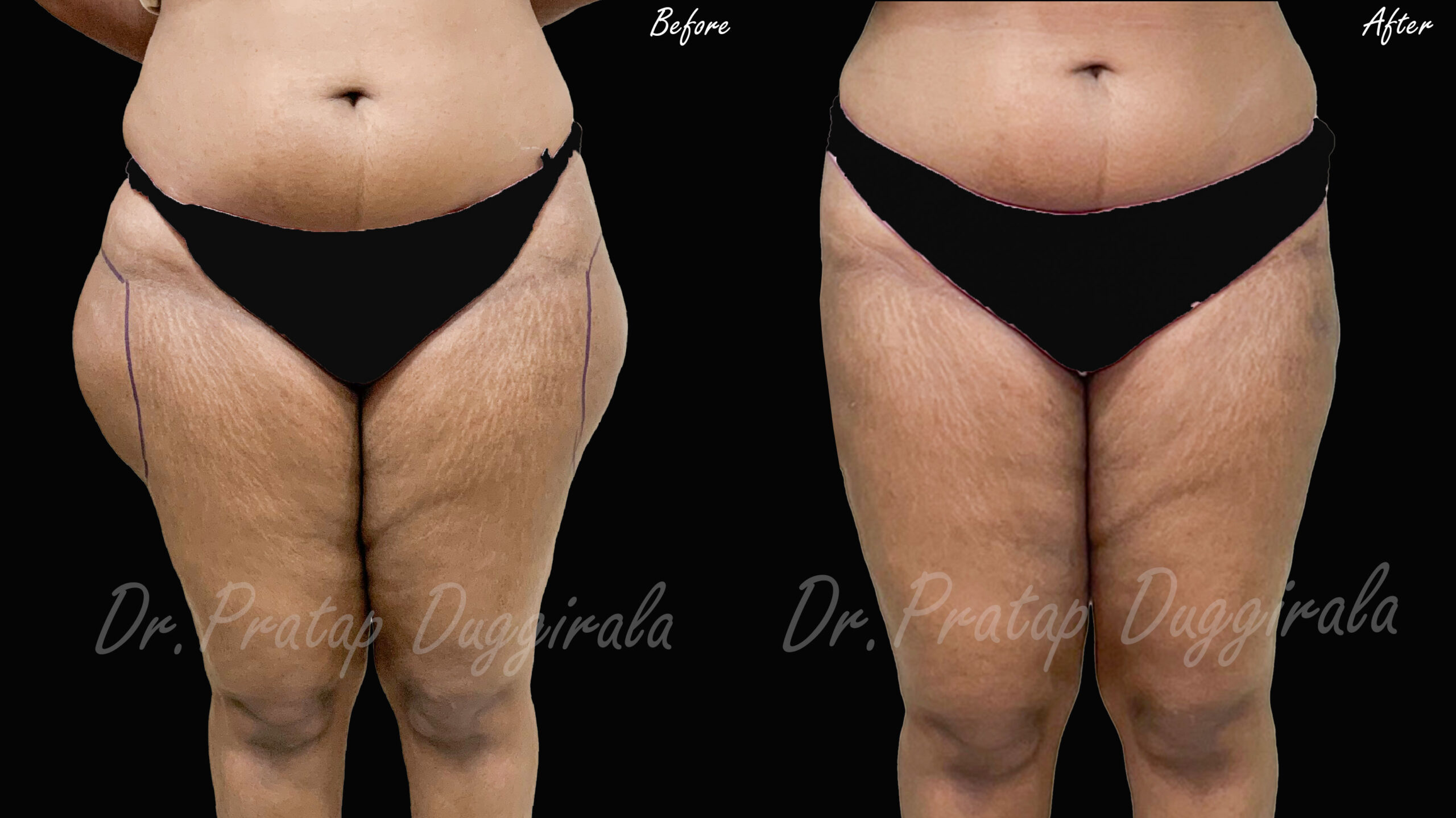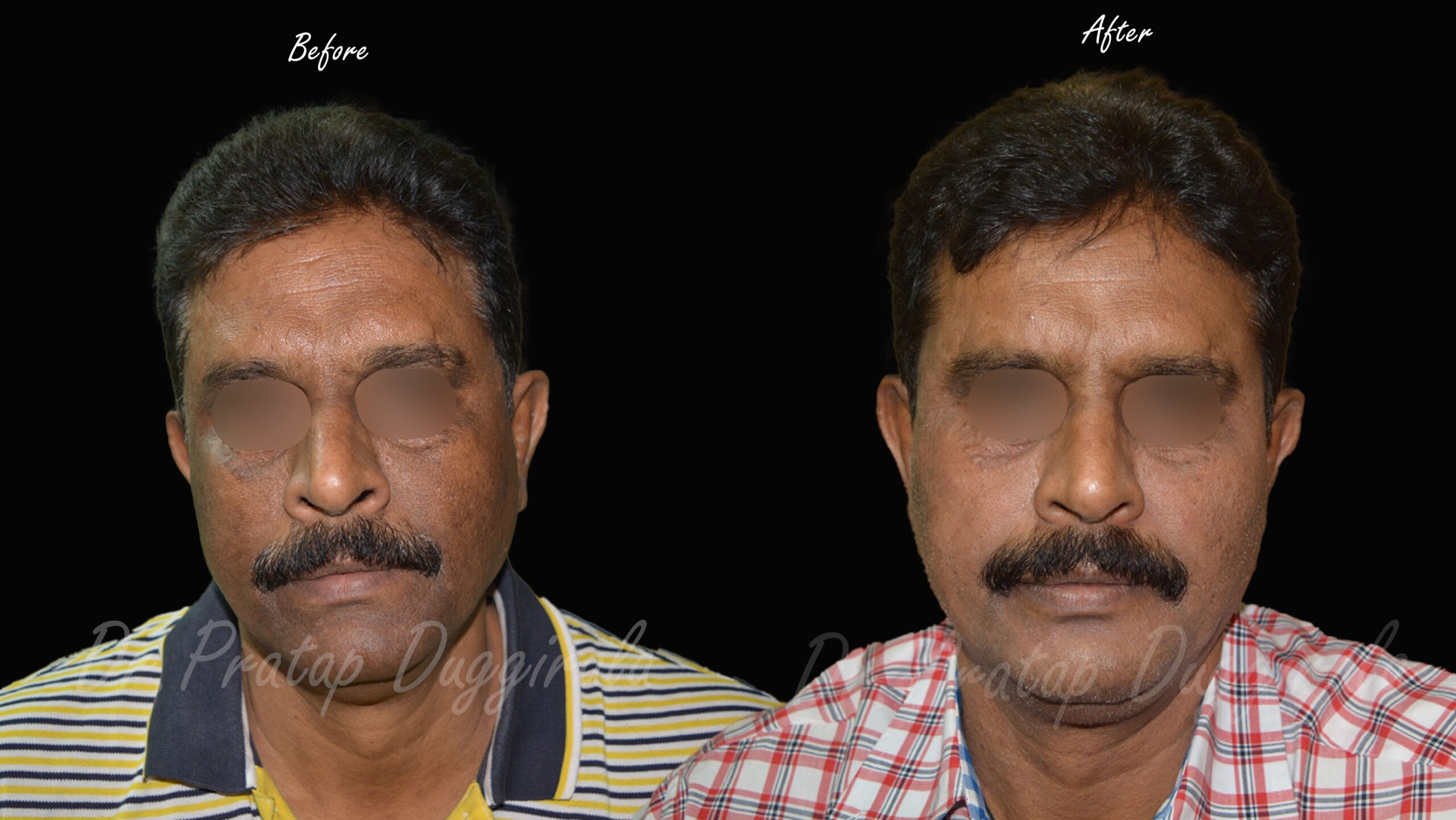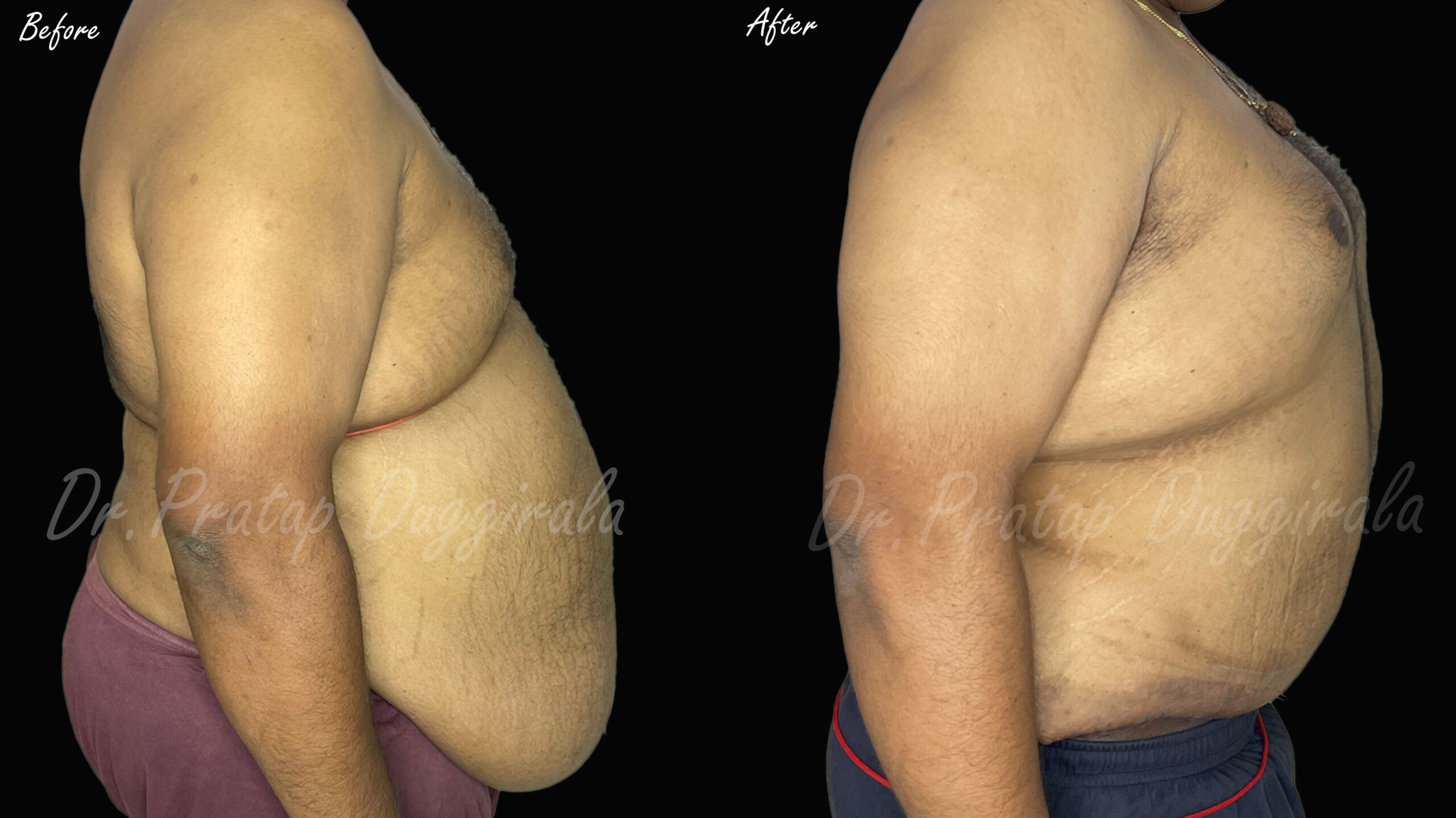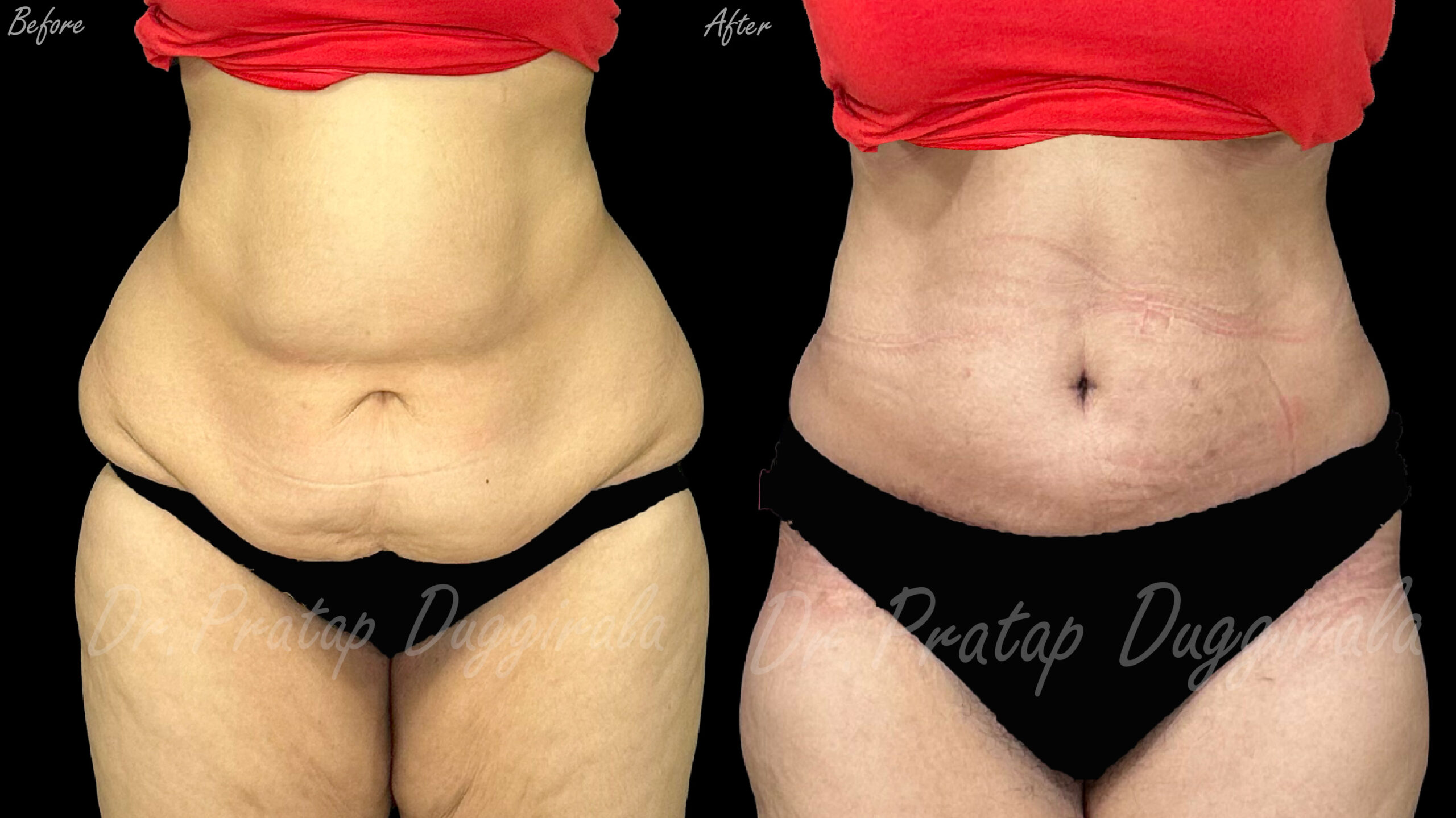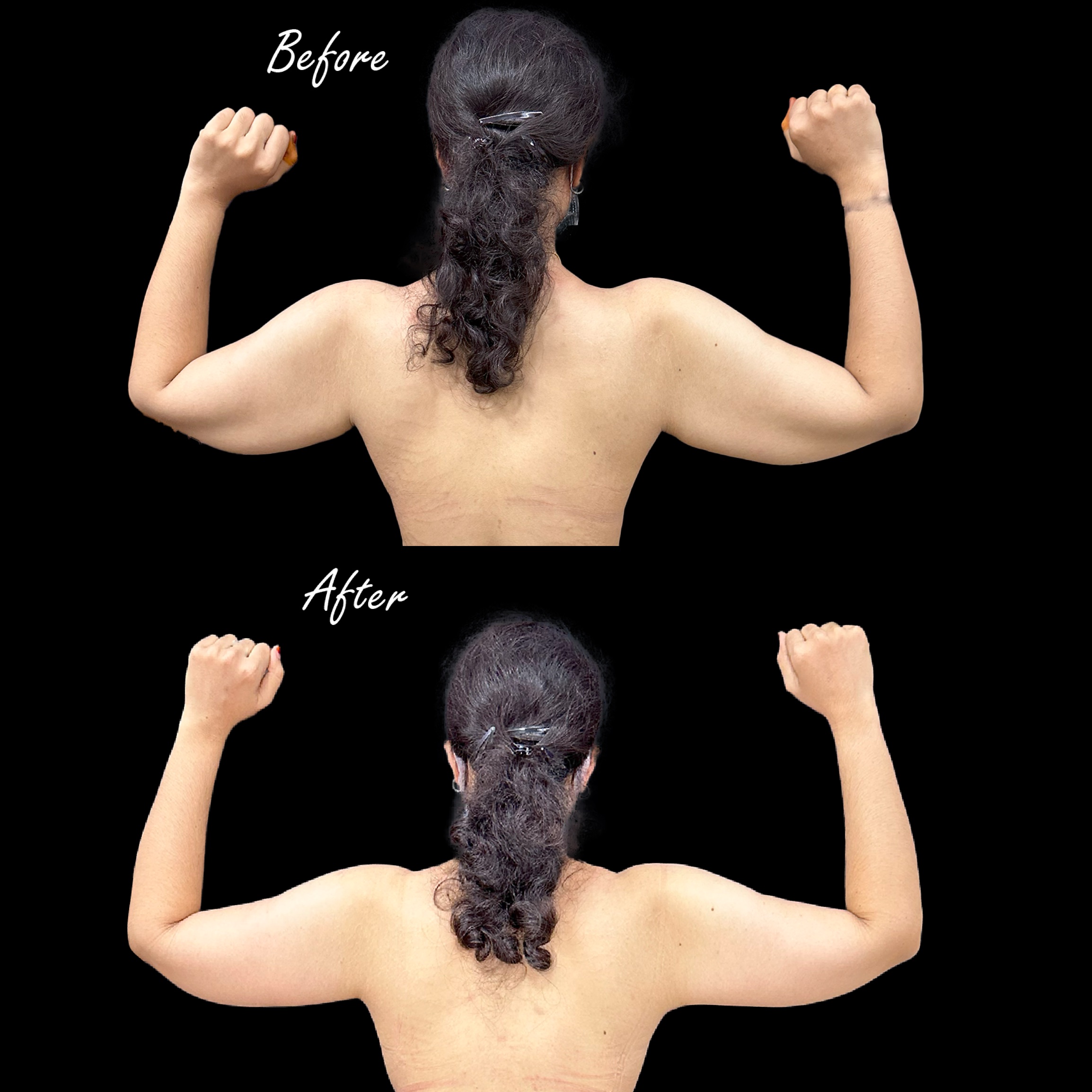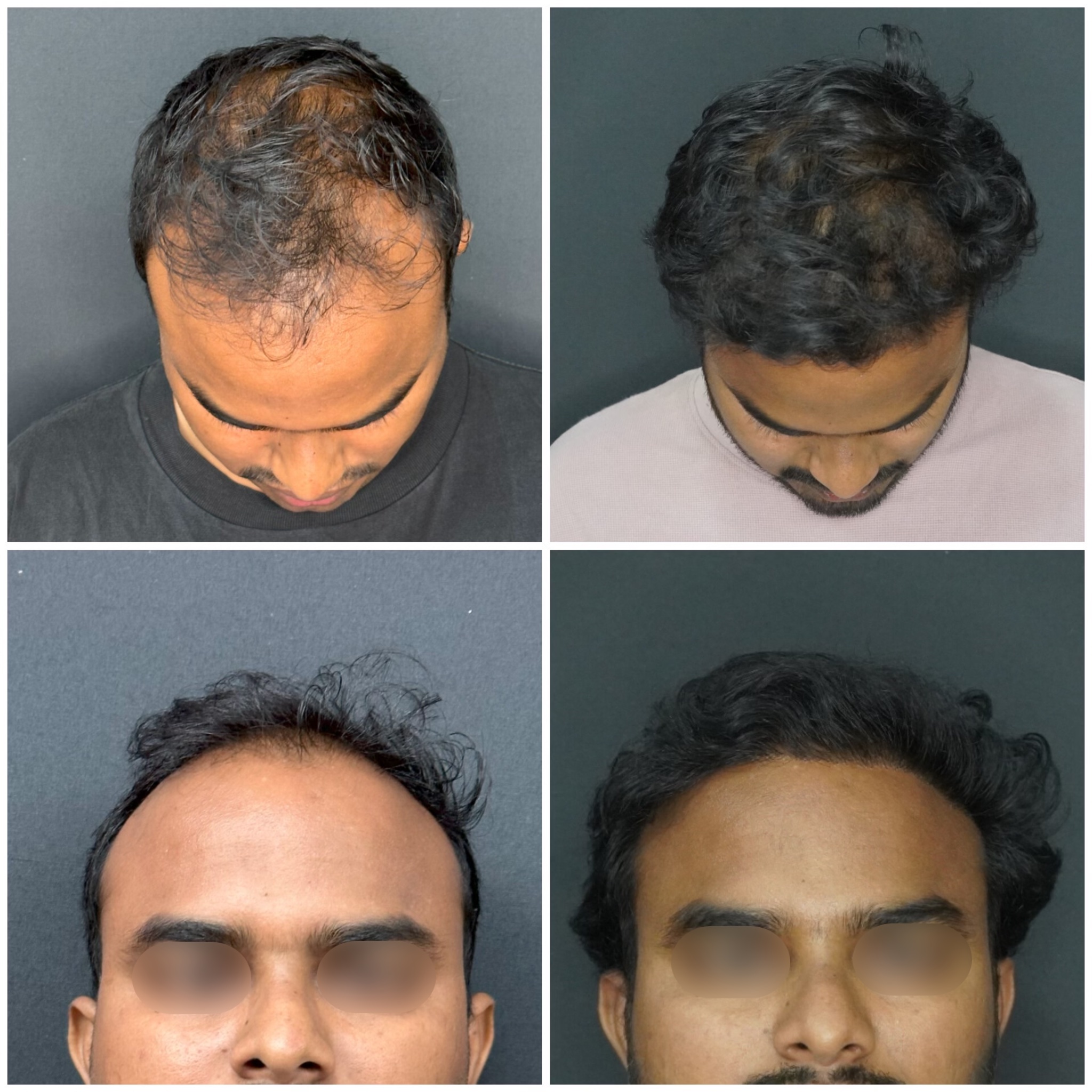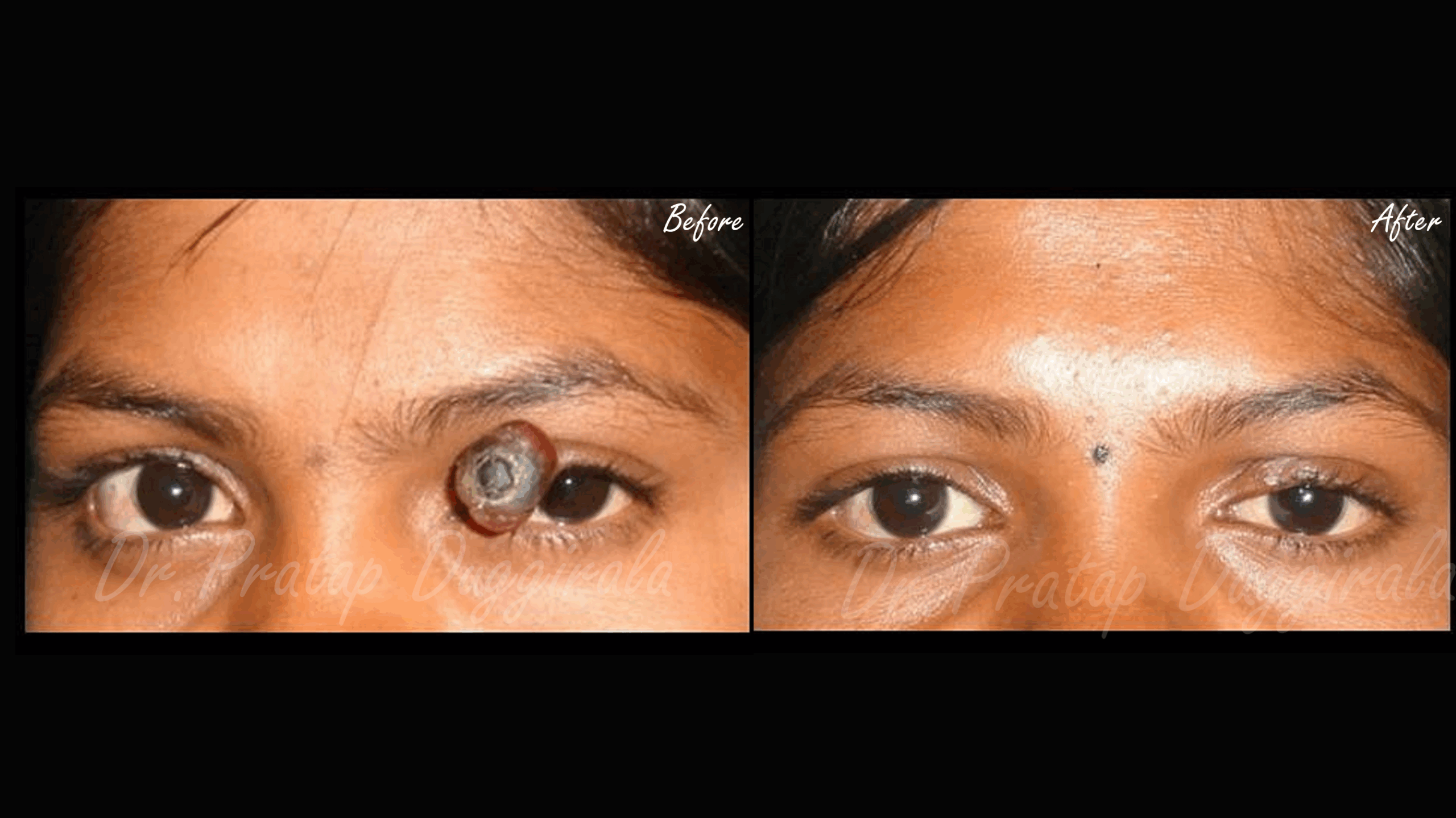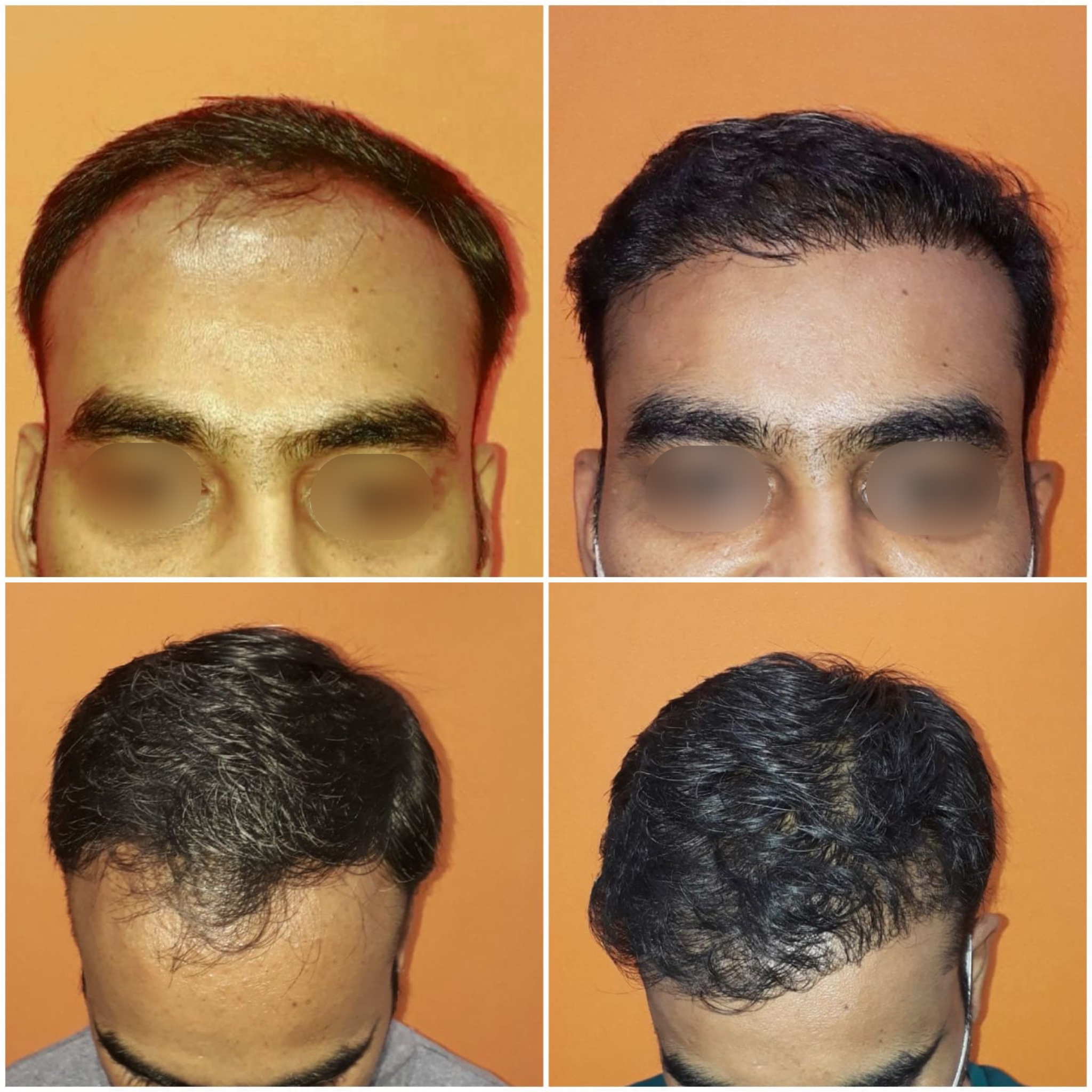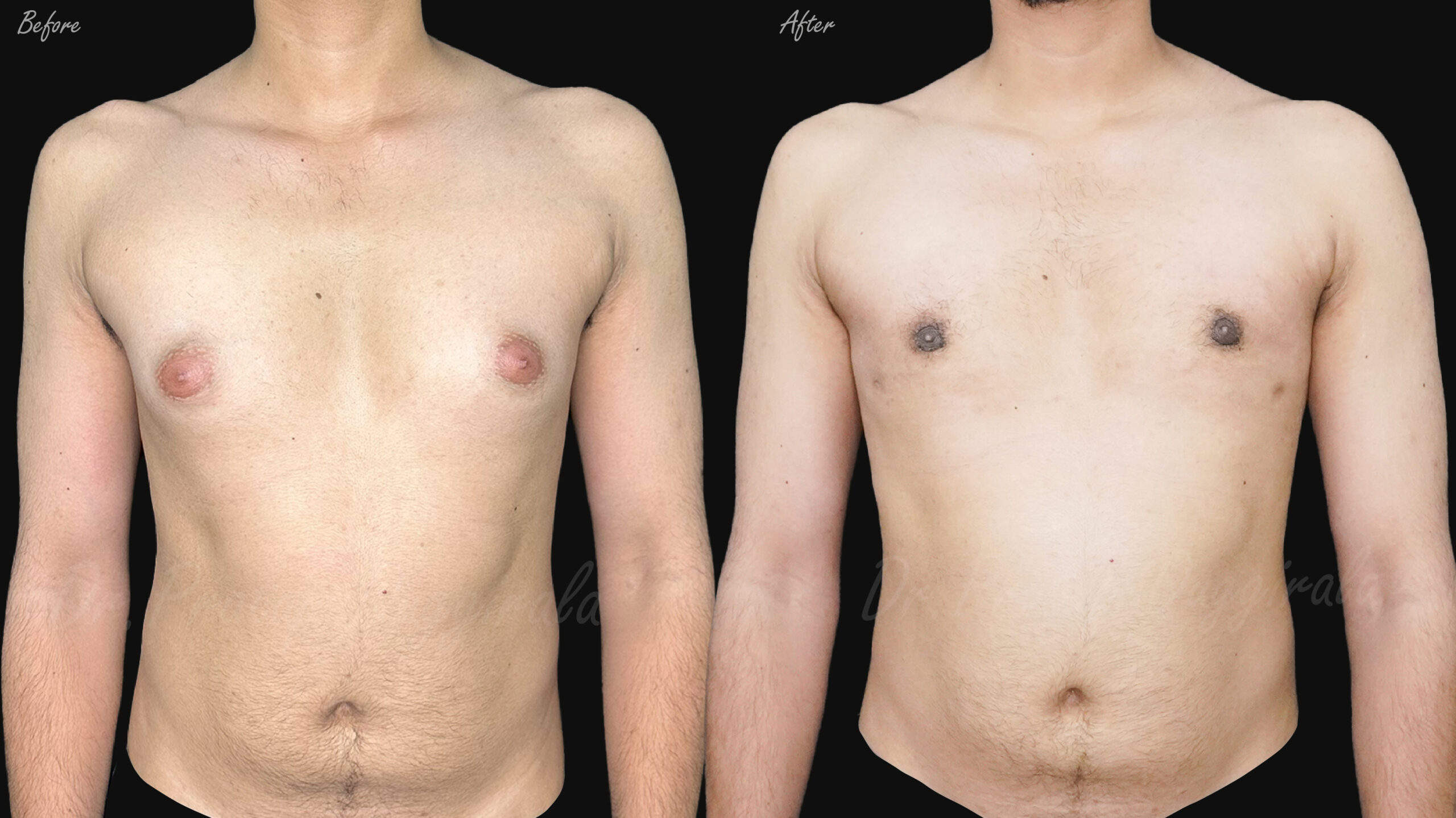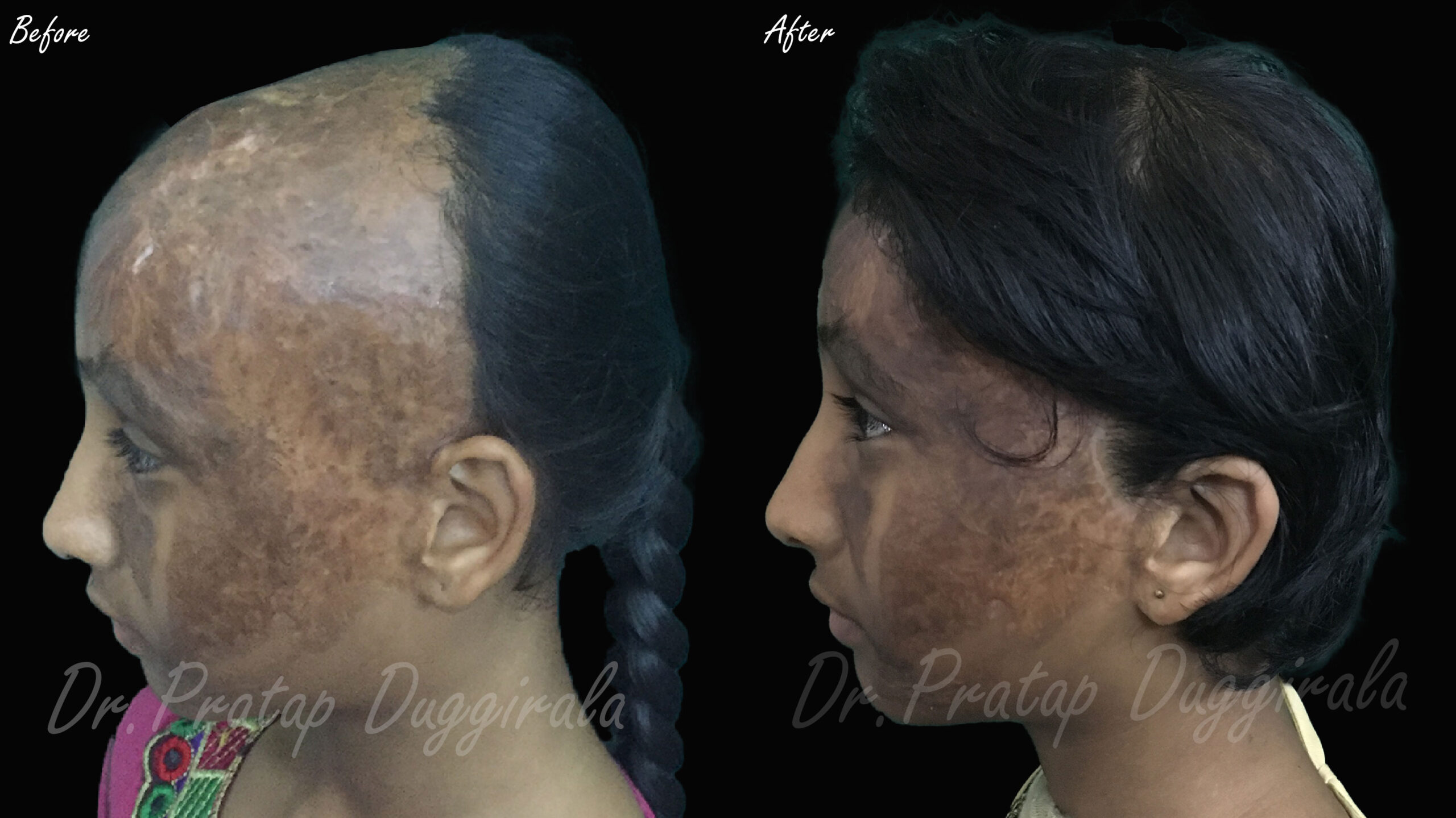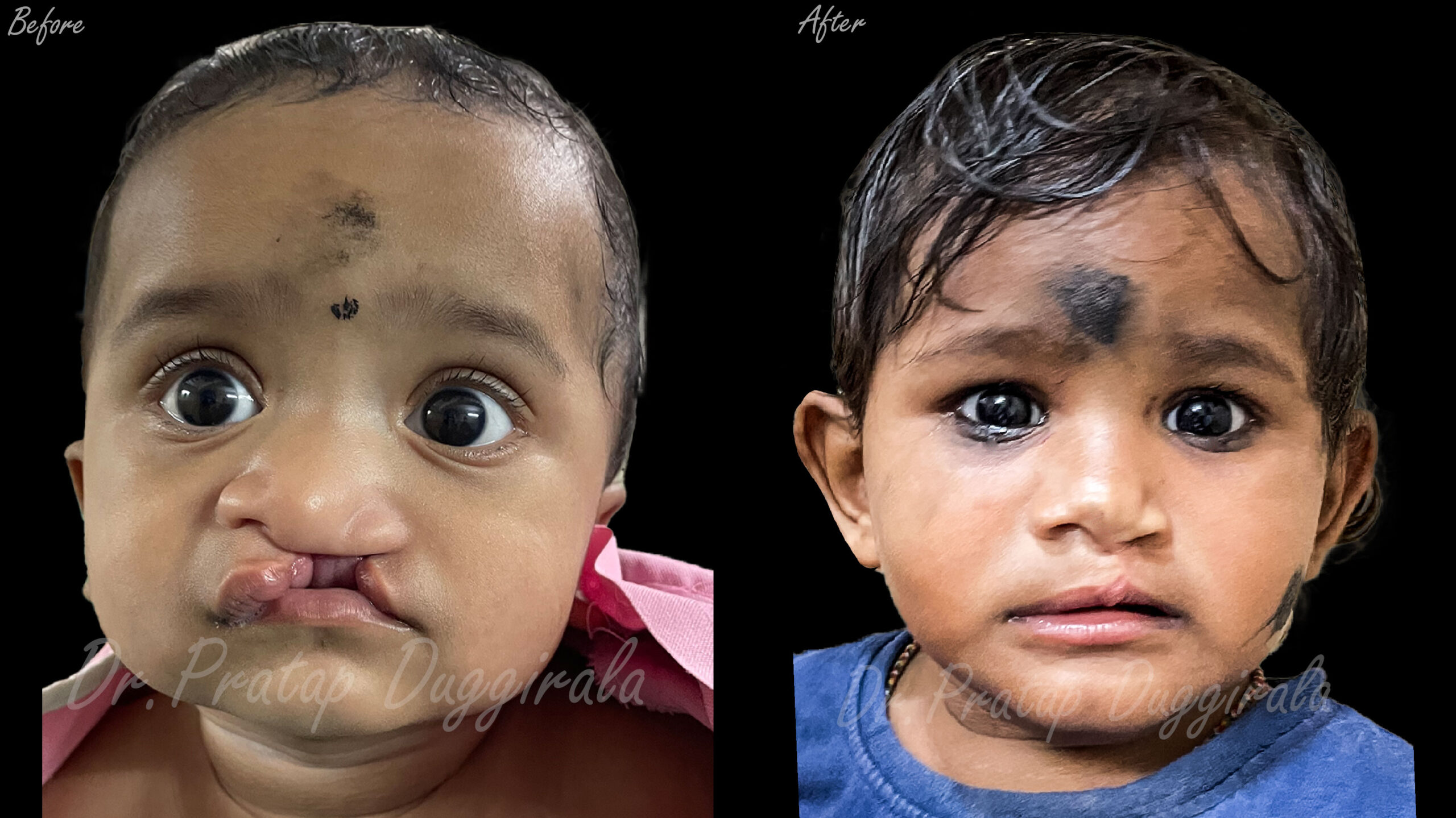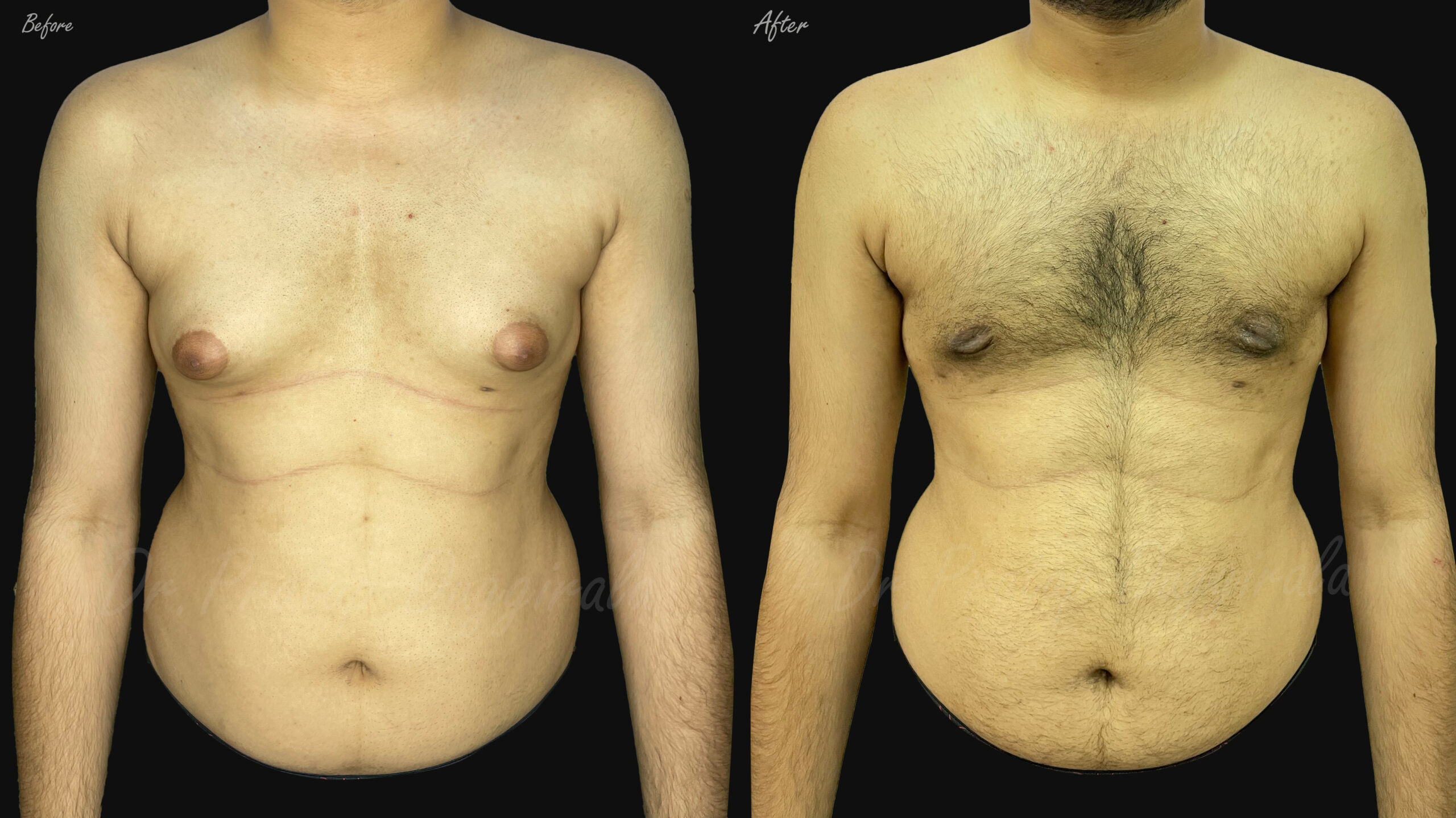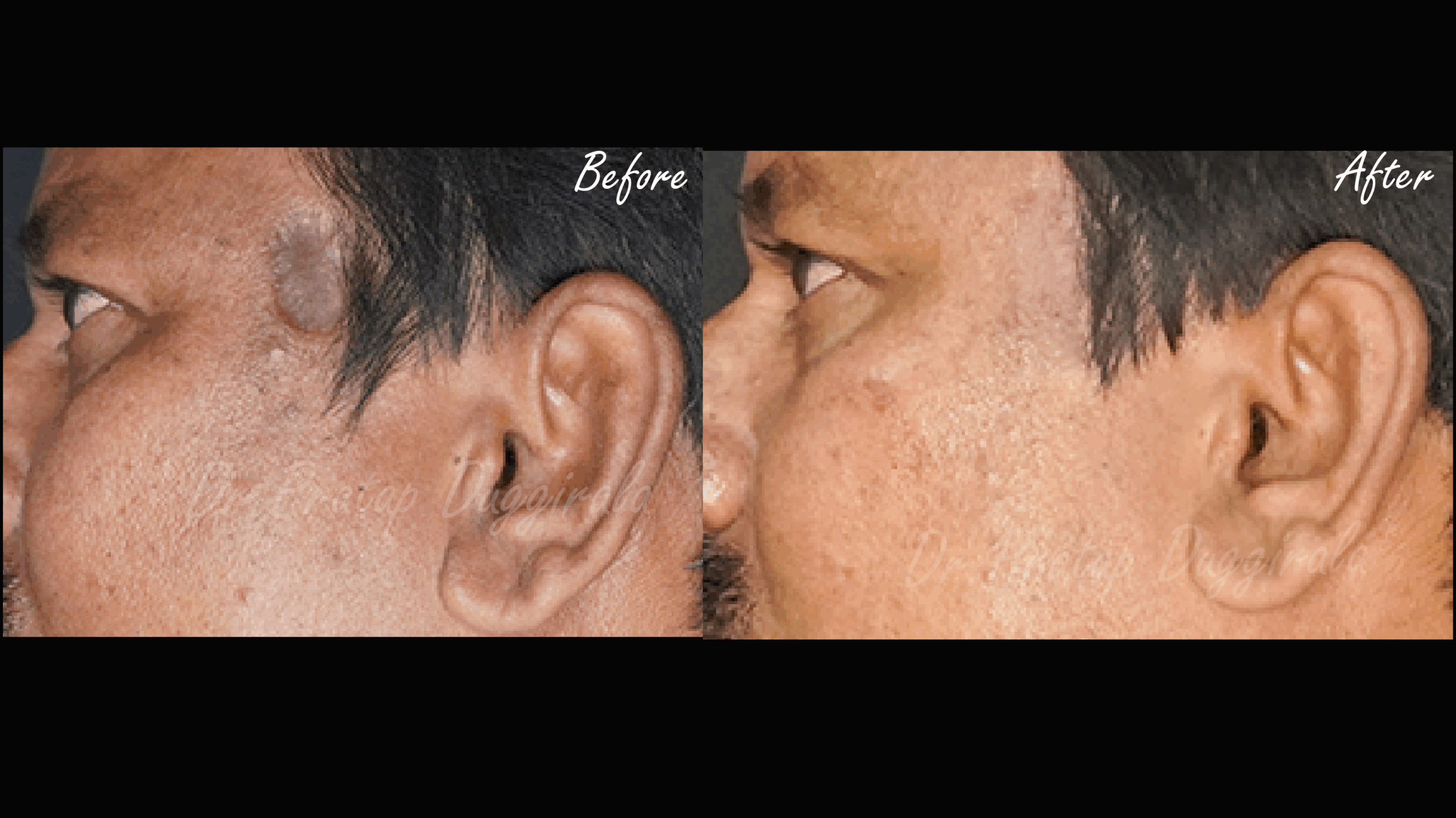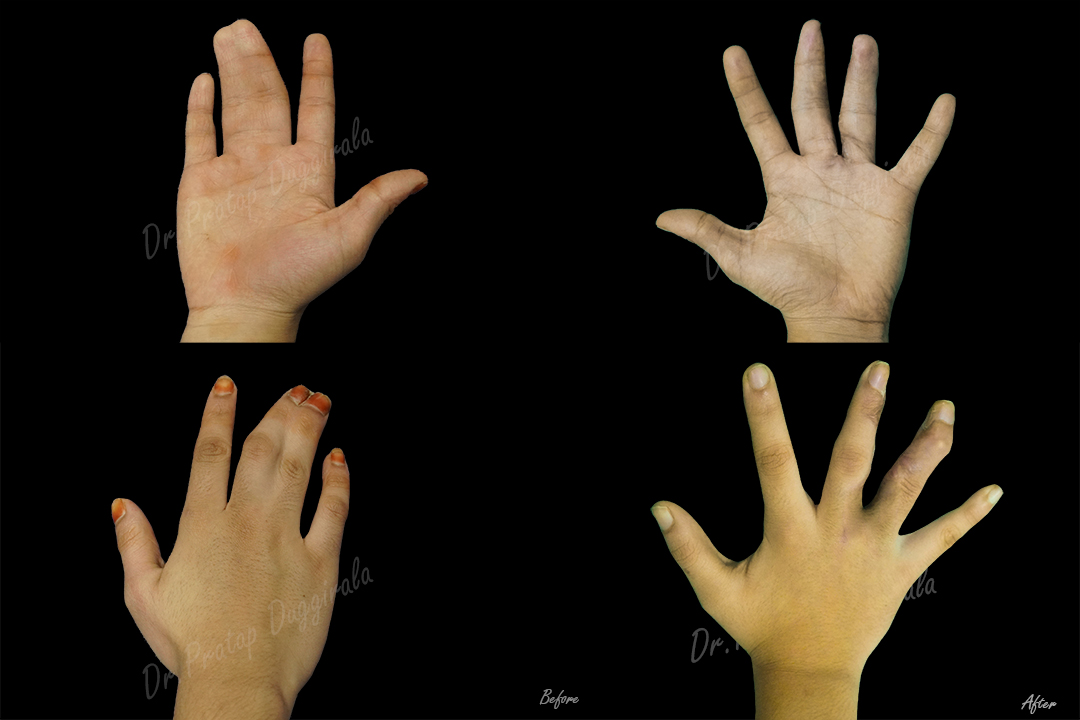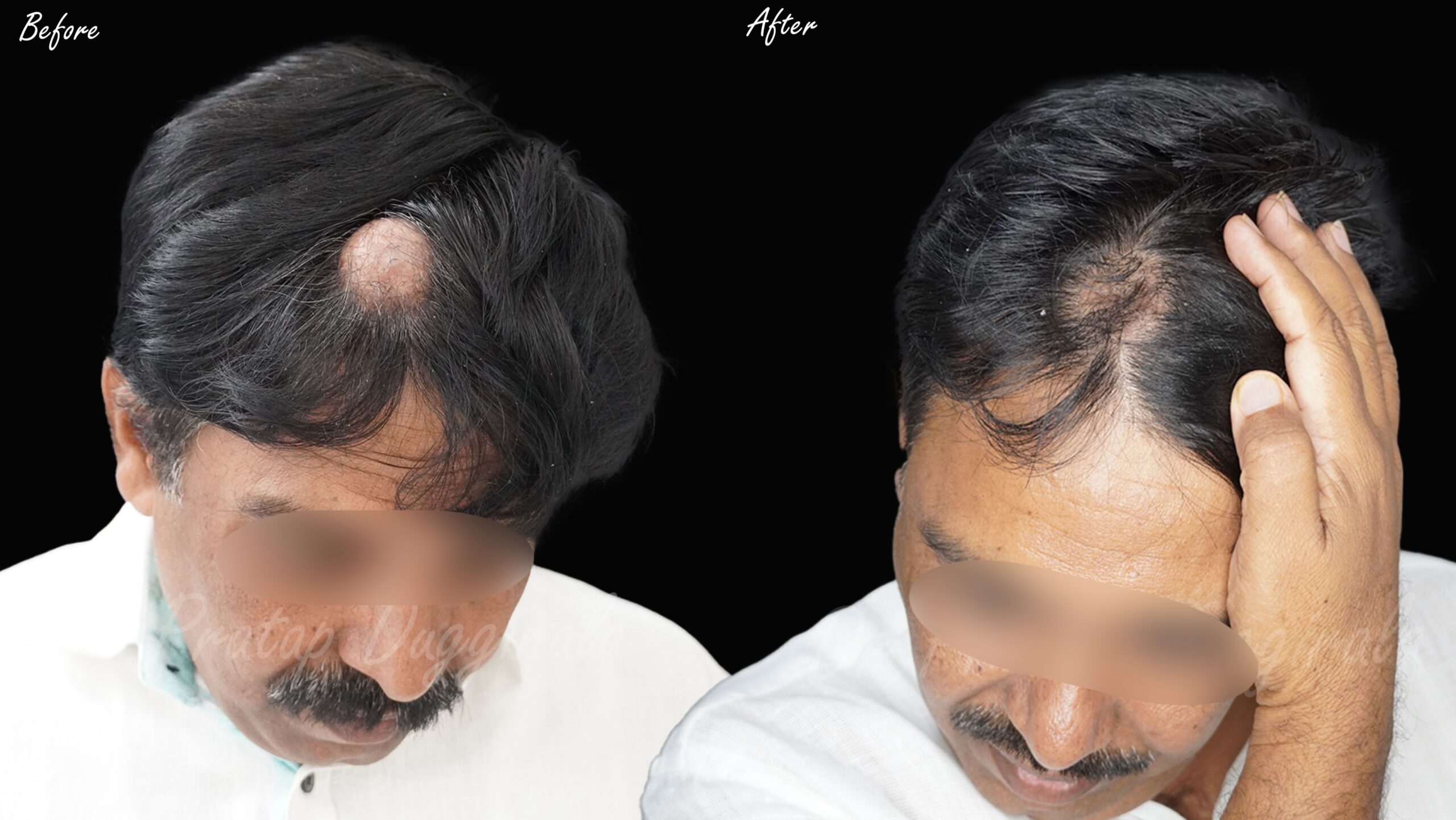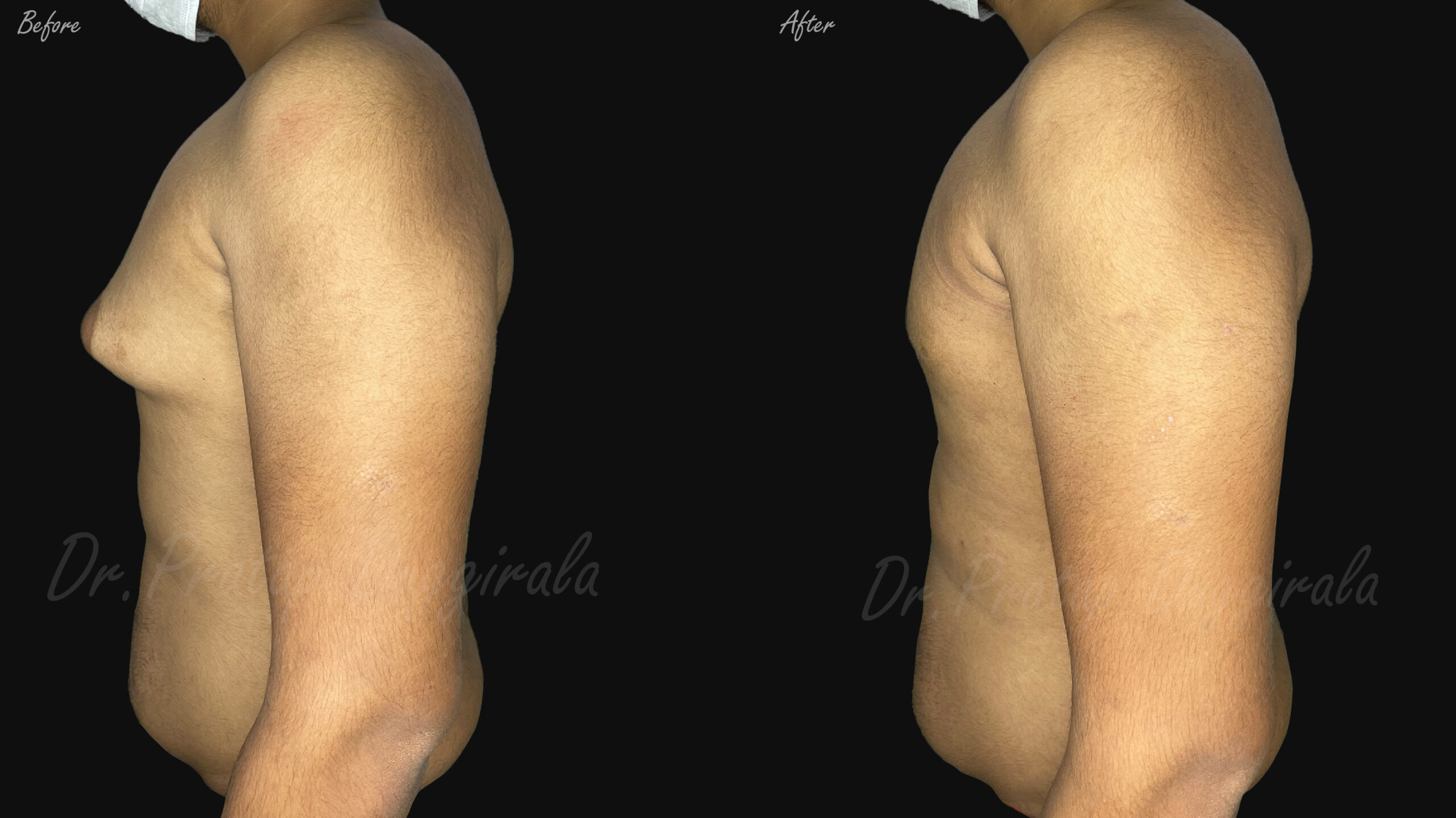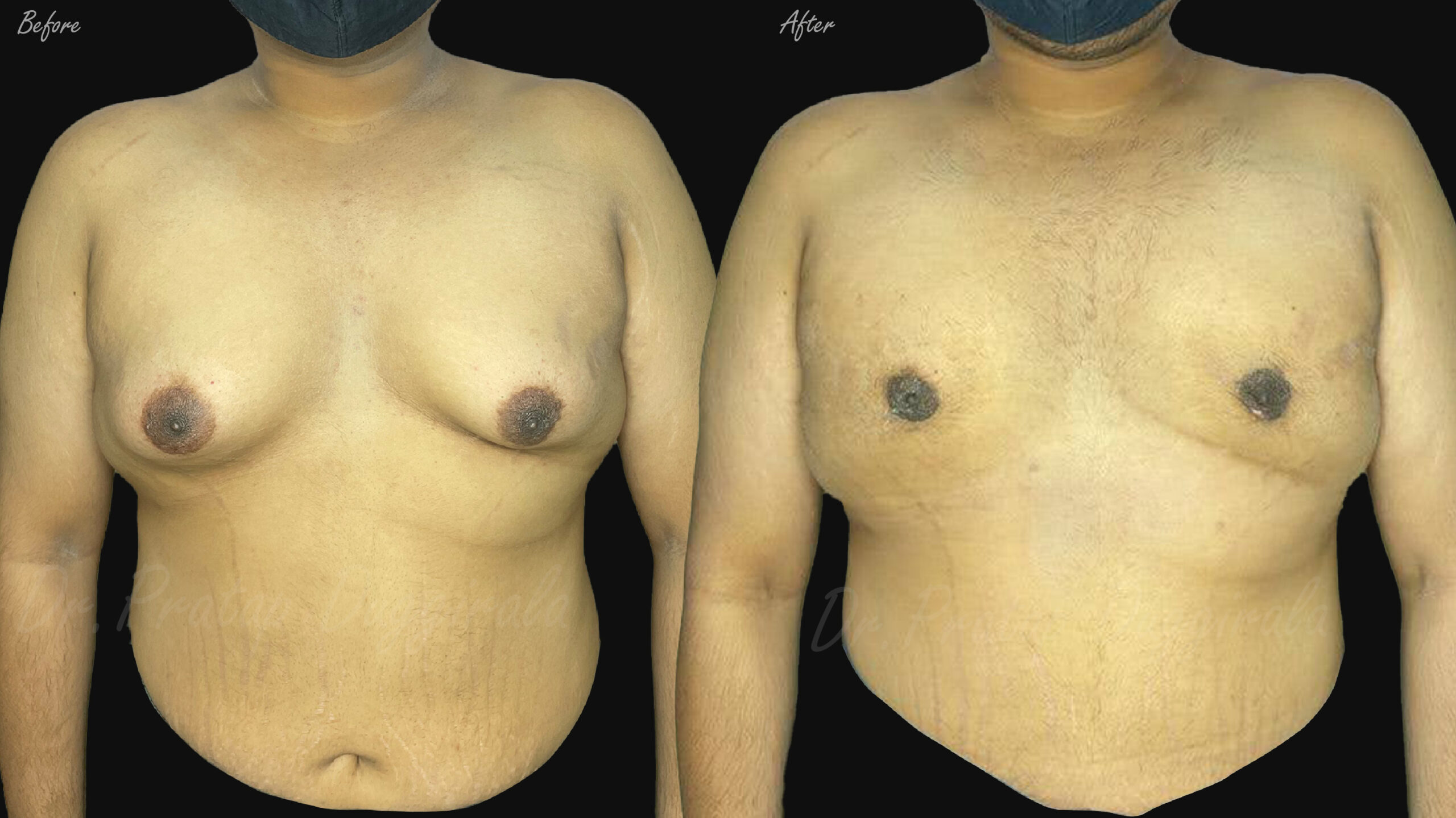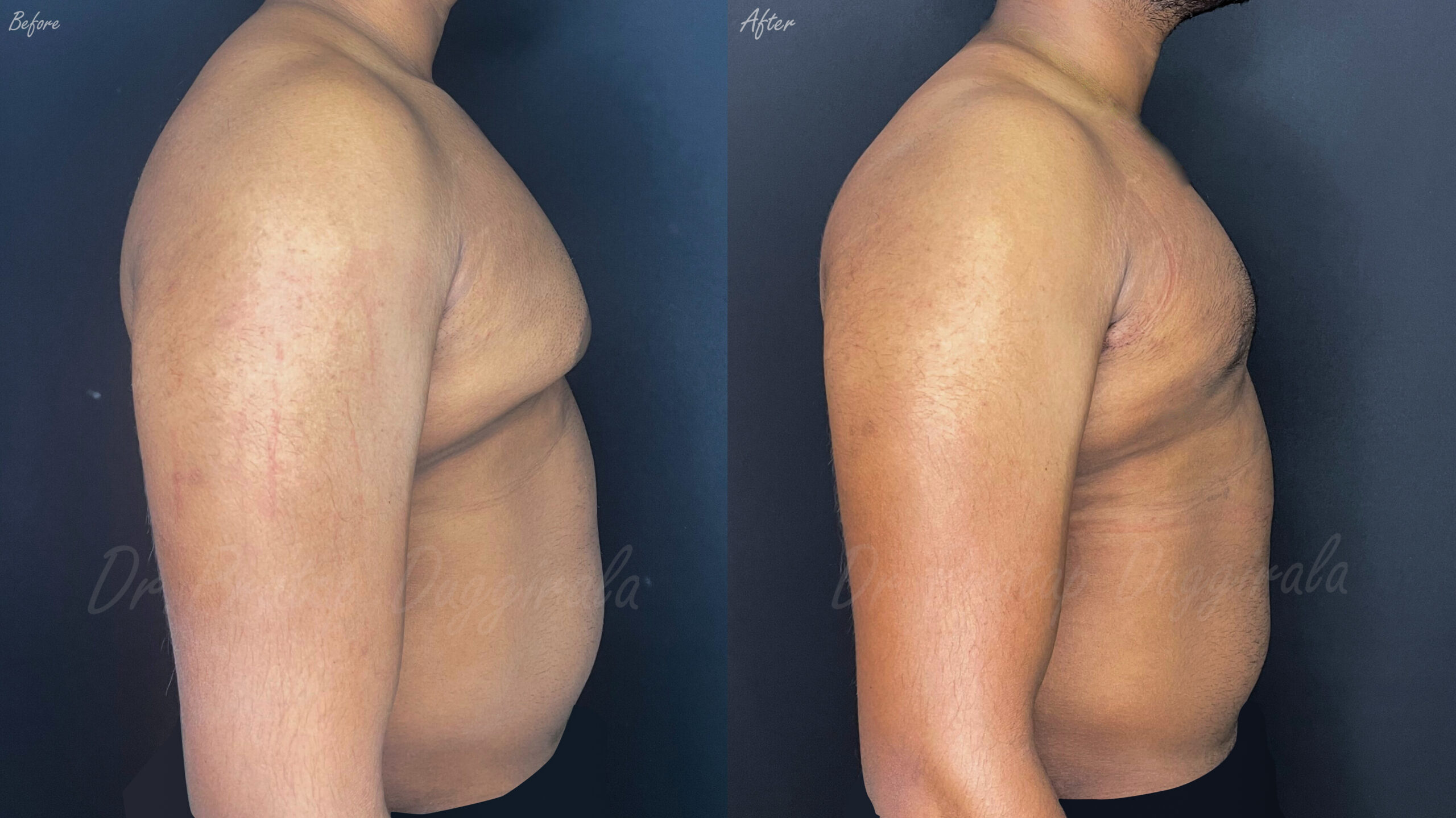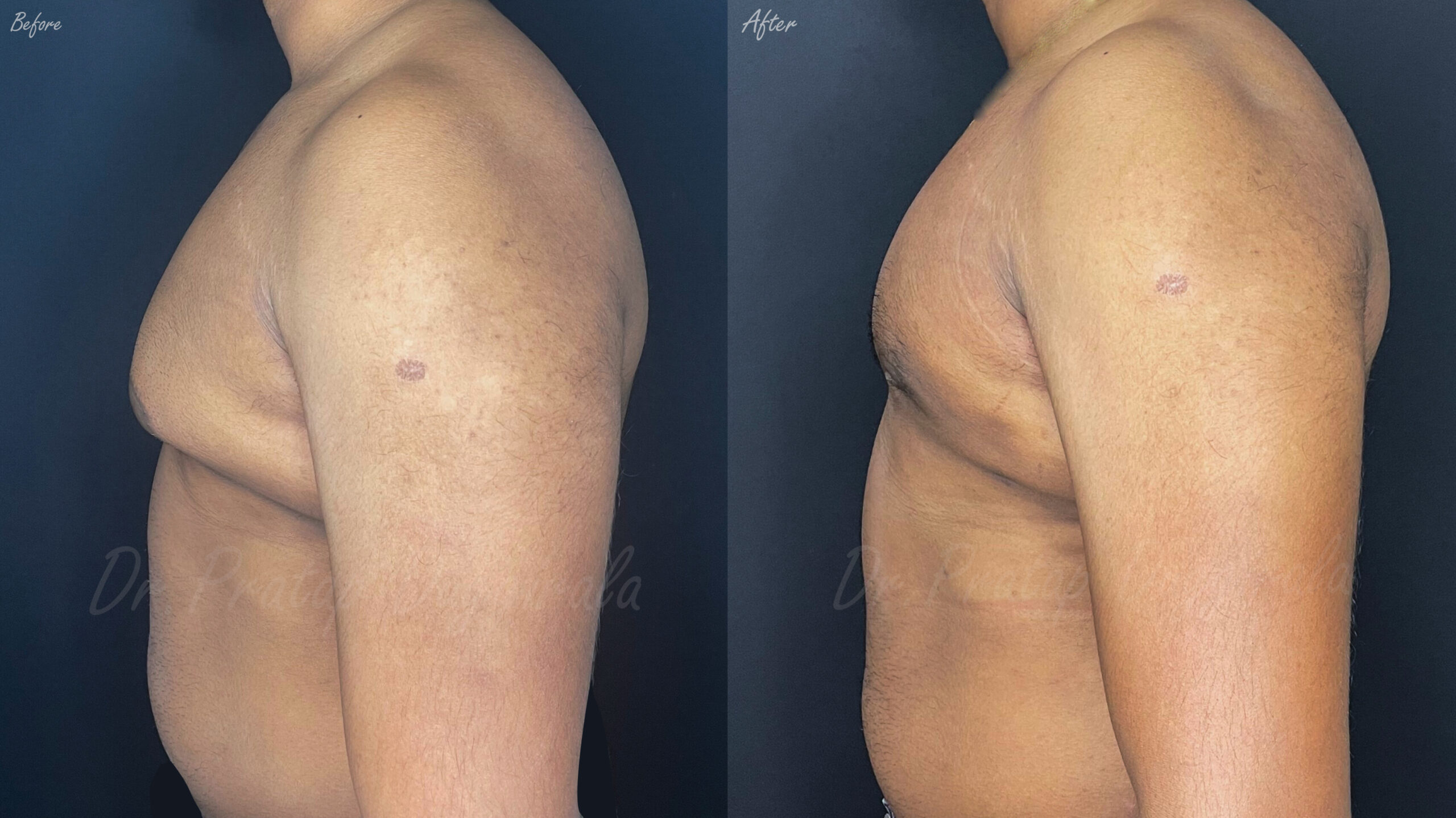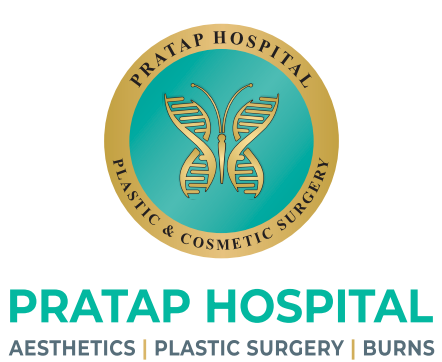
- Home
- About
- Surgical
- Non Surgical
- Burns
- Cranio-maxillofacial surgery
- Gallery
- Contact
Burns — Comprehensive Care & Reconstruction at Pratap Hospital, Vijayawada
Burn injuries can change a person’s life in seconds — affecting not only the skin but also deeper tissues, nerves, muscles, and even the mind.
At Pratap Hospital, under the leadership of Dr. Pratap Duggirala (M.S., M.Ch – Plastic & Reconstructive Surgery), we believe that recovery from burns goes far beyond immediate medical treatment. It’s about healing, restoring, and rebuilding — physically and emotionally.

- Overview — Healing Beyond the Burn
- What Are Burns?
- Pre-Surgical Evaluation
- Surgical Techniques Used
- Frequently Asked Queries
As one of the best burn treatment centers in Vijayawada and Andhra Pradesh, we provide complete burn care under one roof, covering emergency management, wound care, reconstructive surgery, scar management, and rehabilitation.
Our approach combines precision surgery, modern wound-healing science, and unwavering compassion to help every patient regain function, mobility, and confidence.
A burn is an injury to the skin or underlying tissue caused by heat, chemicals, electricity, friction, or radiation. Depending on severity, burns can range from mild redness to life-threatening full-thickness tissue destruction.
Classification of Burns by Depth
| Degree | Skin Layers Affected | Description | Healing Time |
|---|---|---|---|
| First-Degree (Superficial) | Epidermis | Red, painful, dry — no blisters | 3–6 days |
| Second-Degree (Partial Thickness) | Epidermis + part of dermis | Blisters, moist surface, severe pain | 10–21 days |
| Third-Degree (Full Thickness) | Entire dermis | Leathery, white or charred, insensate | Needs grafting |
| Fourth-Degree (Deep Burns) | Skin + underlying muscle/bone | Blackened tissue, exposed structures | Requires complex reconstruction |
🧠 Deeper burns need early medical attention — delayed care can result in infection, contracture, and permanent deformity.
⚡ Types & Causes of Burns
Burns are not uniform — each type demands specialized assessment and management.
| Type | Common Causes | Typical Characteristics |
|---|---|---|
| Thermal Burns | Fire, steam, hot liquids | Most common, varying depth |
| Chemical Burns | Acids, alkalis, industrial agents | Deep penetration, delayed damage |
| Electrical Burns | Current, lightning | Internal tissue destruction |
| Friction Burns | High-speed trauma, machinery | Combination of abrasion & heat |
| Radiation Burns | Radiotherapy, UV rays | Often delayed presentation |
⚕️ Identifying the cause helps tailor treatment — for instance, chemical burns need neutralization; electrical burns require vascular evaluation.
Why People Choose Pratap Hospital for Burn Treatment
At Pratap Hospital, we treat every burn patient with urgency, precision, and empathy.
Our Key Strengths
Expert Leadership:
Headed by Dr. Pratap Duggirala, one of the most trusted burn and reconstructive surgeons in Andhra Pradesh, with extensive experience in acute burn care, microsurgery, and post-burn correction.Comprehensive Burn Unit:
Equipped with sterile burn ICUs, advanced dressing stations, and dedicated operation theatres designed for infection control.Modern Wound Care Technology:
Including vacuum-assisted wound closure (VAC), biologic dressings, PRP therapy, and laser-assisted scar modulation.Reconstructive Excellence:
Early grafting, flap surgeries, tissue expansion, and long-term scar revision under one roof.Rehabilitation & Psychological Support:
Our burn rehabilitation team focuses on restoring movement and rebuilding confidence.Affordable, Ethical Care:
Transparent treatment plans and compassionate pricing for all socioeconomic groups.
🩺 Our holistic model has made Pratap Hospital one of the best burn treatment and reconstructive care centers in Vijayawada.
👥 Who Needs Specialized Burn Care
Burn treatment is not just for patients with large visible burns — even small, deep, or infected burns can cause serious complications if untreated.
You Should Seek Specialist Care If You Have:
Burns on face, hands, feet, genitals, or major joints
Blistering, charred, or insensate skin areas
Burns caused by electricity, chemicals, or radiation
Difficulty in breathing or inhalation injury after fire exposure
Recurrent infection or slow-healing wounds
Contractures or scarring from previous burns
| Category | Example | Urgency |
|---|---|---|
| Minor Burns | Small scalds, sunburns | Outpatient care |
| Moderate Burns | Partial-thickness burns (10–20% TBSA) | Hospital care |
| Major Burns | Full-thickness or >20% TBSA | Immediate ICU admission |
🧑⚕️ Early specialist evaluation improves survival and reduces the risk of scarring or functional loss.
🧾 Initial Assessment & Pre-Treatment Evaluation
Burn management begins with precise evaluation — determining depth, extent, infection risk, and patient stability.
Assessment Includes:
Total Burn Surface Area (TBSA): Using the “Rule of Nines” or Lund-Browder chart.
Depth Grading: Superficial, partial, or full-thickness.
Airway & Breathing Evaluation: Especially for facial burns or smoke inhalation.
Circulatory Assessment: Pulse, perfusion, and possible compartment pressure.
Infection Screening & Culture Tests.
Laboratory Tests: CBC, electrolytes, renal function, serum proteins.
Nutritional & Psychological Evaluation.
| Evaluation Aspect | Purpose |
|---|---|
| Fluid Requirement | Prevents shock and organ failure |
| Pain Level | Guides analgesic management |
| Wound Culture | Detects bacterial contamination |
| Functional Assessment | Identifies risk of contracture |
🩺 Each patient’s treatment plan at Pratap Hospital is tailored after this complete evaluation.
Burn treatment involves multiple stages — from emergency stabilization to surgical reconstruction.
1. Acute Management (First 48 Hours)
Airway, Breathing, Circulation (ABCs) stabilization
Fluid Resuscitation: Using Parkland Formula
Pain Management: IV analgesics and sedation
Antibiotic Prophylaxis & Wound Cleaning
Sterile Dressing Application with antiseptic solutions
2. Wound Care & Infection Control
Daily sterile dressing changes using silver sulfadiazine, collagen sheets, or hydrogel dressings.
Vacuum-Assisted Closure (VAC) for large wounds.
PRP therapy to enhance healing and tissue regeneration.
Laser therapy for early scar modulation.
3. Surgical Intervention
Performed once the patient is stable and wounds are ready for coverage.
| Procedure | Description | Purpose |
|---|---|---|
| Debridement | Removal of necrotic tissue | Prevent infection, prepare wound bed |
| Skin Grafting | Transplantation of healthy skin | Restore coverage, accelerate healing |
| Flap Surgery | Transfer of tissue with blood supply | For deep burns or exposed structures |
| Tissue Expansion | Generate new skin for reconstruction | For aesthetic areas like face/neck |
| Microsurgery | Free flap reconstruction | For complex deep burns |
| Laser & Scar Revision | For healed scars | Improves appearance & texture |
🔬 At Pratap Hospital, Dr. Pratap Duggirala personally performs all reconstructive surgeries using microsurgical precision.
⚙️ Step-by-Step Burn Treatment Process
| Phase | Duration | Key Focus |
|---|---|---|
| Resuscitation Phase | 0–48 hours | Stabilization, fluids, pain control |
| Acute Phase | 3–10 days | Infection control, wound dressing |
| Healing Phase | 10–21 days | Grafting or secondary healing |
| Rehabilitation Phase | 3 months onward | Contracture prevention, physiotherapy |
| Reconstructive Phase | 6–12 months | Scar revision, cosmetic refinement |
⚡ Our structured, phase-wise care ensures safe recovery and functional restoration.
🌿 Recovery & Rehabilitation
Burn recovery continues long after discharge. At Pratap Hospital, our multidisciplinary rehabilitation program helps patients return to normal life.
Rehabilitation Components
Physiotherapy: Restores joint movement and prevents contractures.
Occupational Therapy: Aids functional independence for hand or limb burns.
Scar Management: Silicone gel, pressure garments, and laser therapy.
Nutritional Counseling: High-protein diet for faster tissue repair.
Psychological Support: Counseling to overcome trauma and regain confidence.
Long-term Follow-up: Regular assessments for recurrence or scarring.
| Aspect | Timeframe | Expected Outcome |
|---|---|---|
| Early Physiotherapy | Within 1 week | Prevents stiffness |
| Scar Management | 2–3 months | Reduces thick, raised scars |
| Reconstruction | 6 months–1 year | Functional and cosmetic restoration |
🌸 Our commitment goes beyond healing wounds — it’s about restoring lives.
⚠️ Possible Complications (and How We Prevent Them)
| Complication | Description | Preventive Approach |
|---|---|---|
| Infection / Sepsis | Due to open wounds | Sterile technique, early grafting |
| Contractures | Skin tightening | Early physiotherapy, Z-plasty |
| Hypertrophic Scars | Thick scar formation | Silicone sheets, laser therapy |
| Keloids | Overgrowth of scar tissue | Steroid injection, PRP, laser |
| Pigmentation Issues | Uneven tone post-healing | Laser resurfacing, skincare |
| Psychological Distress | Depression, anxiety | Continuous counseling |
🛡️ Proactive monitoring at Pratap Hospital minimizes these risks effectively.
Q1. When should a burn patient be hospitalized?
Any burn covering more than 10% of body surface area, or involving face, hands, or genitals, requires immediate hospitalization.
Q2. Can minor burns heal at home?
Yes, small superficial burns can heal with home care and topical ointments, but deep or blistered burns must be medically assessed.
Q3. How soon can skin grafting be done?
Ideally, within 7–10 days once the wound is clean and infection-free.
Q4. Are burn scars permanent?
Not always. With early scar care, laser therapy, and reconstructive surgery, scars can be significantly minimized.
Q5. How long does full recovery take?
Superficial burns heal in 1–2 weeks, but deep burns and reconstructions may require several months of physiotherapy and follow-up.
🧑⚕️ Why Choose Dr. Pratap Duggirala & Pratap Hospital
Expert plastic and reconstructive surgeon with over a decade of burn surgery experience
Comprehensive acute-to-reconstructive burn care unit in Vijayawada
Advanced technologies: VAC therapy, laser scar modulation, PRP
Multidisciplinary rehabilitation support
Hundreds of successful recoveries restoring lives, confidence, and function
💬 At Pratap Hospital, every burn story becomes a recovery story.
Book a Consultation
If you’re considering rhinoplasty for aesthetic enhancement or breathing improvement, schedule a consultation at Pratap Hospital today.
Our team will guide you through every step — from evaluation and planning to surgery and recovery — ensuring safe, effective, and natural results.
📍 Pratap Hospital — Reconstructive, Aesthetic & Microsurgery Centre
📞 Call / WhatsApp: +91 94929 69899
📧 Email: drpratapshospital@gmail.com

Before And After Results

